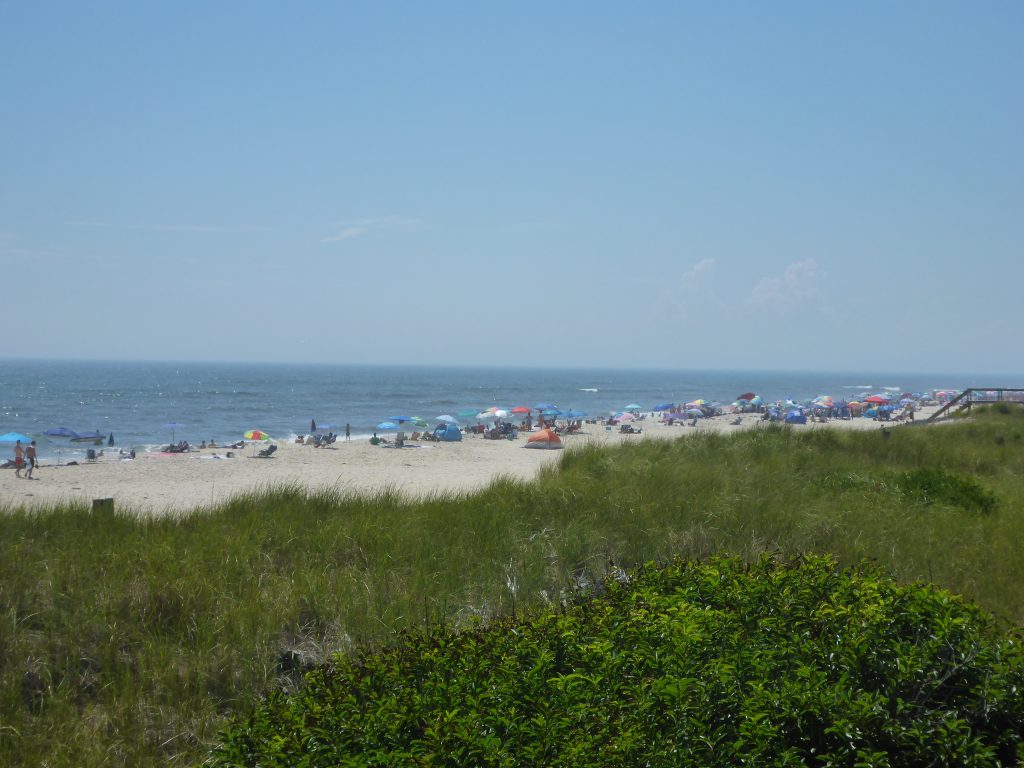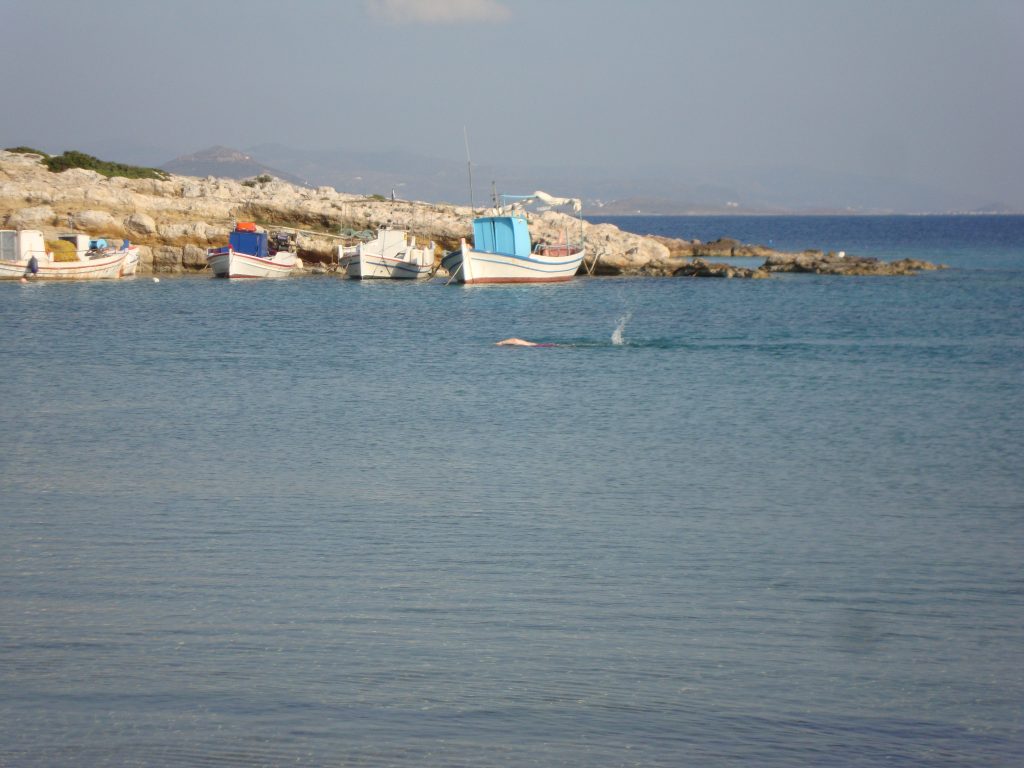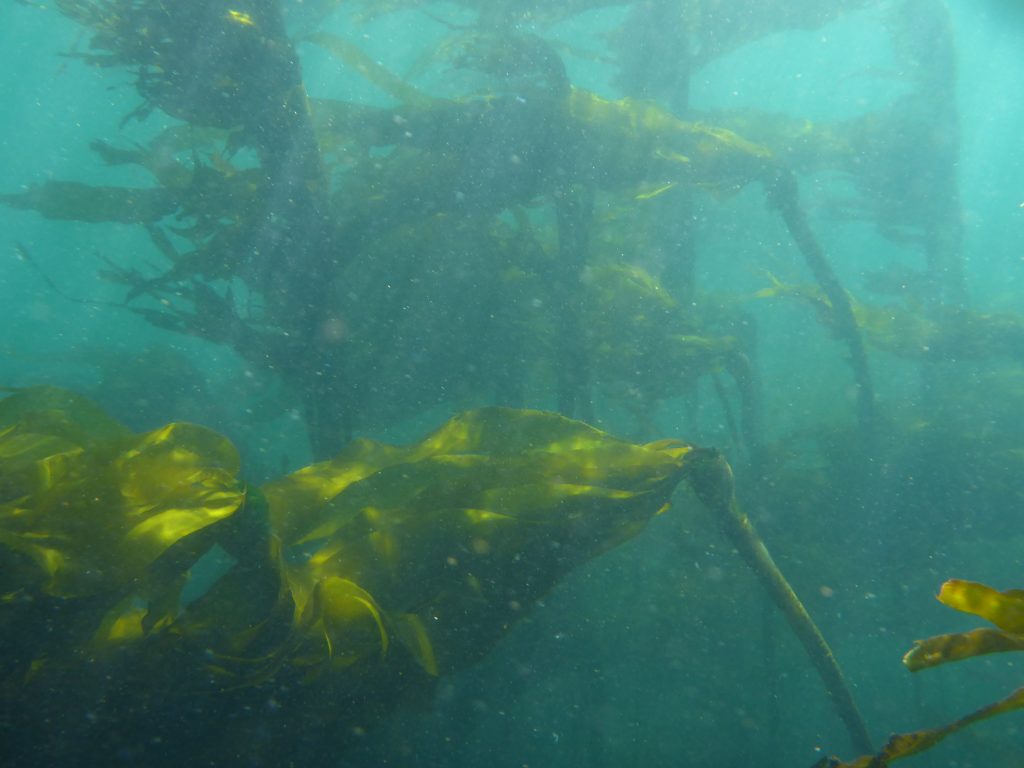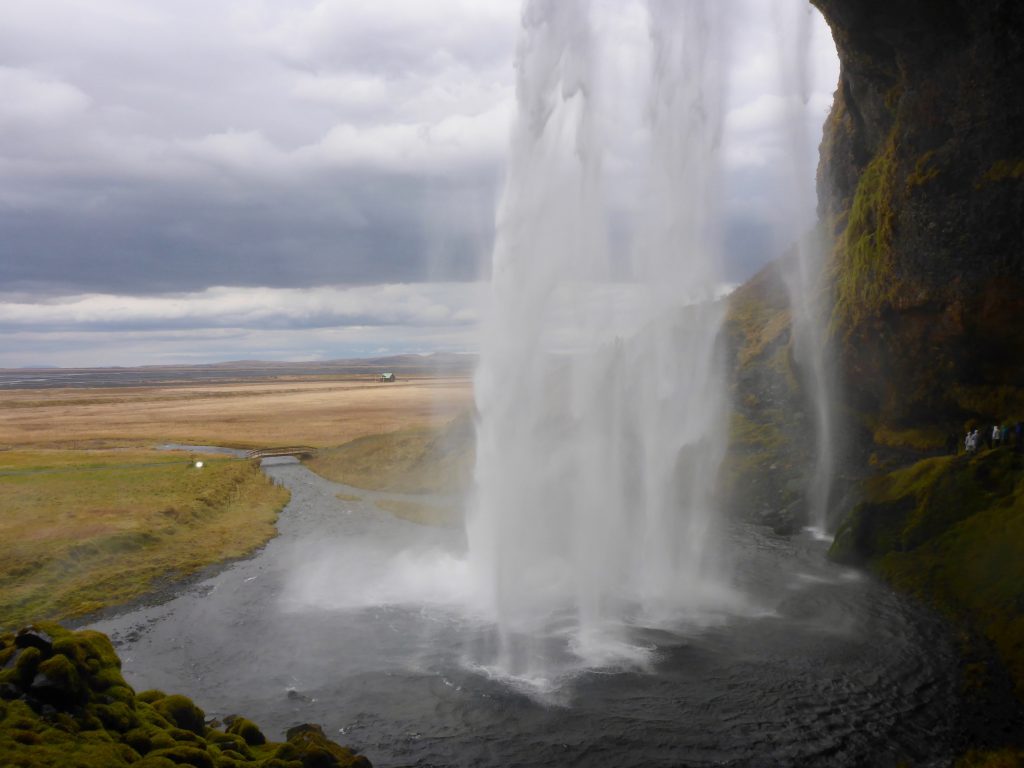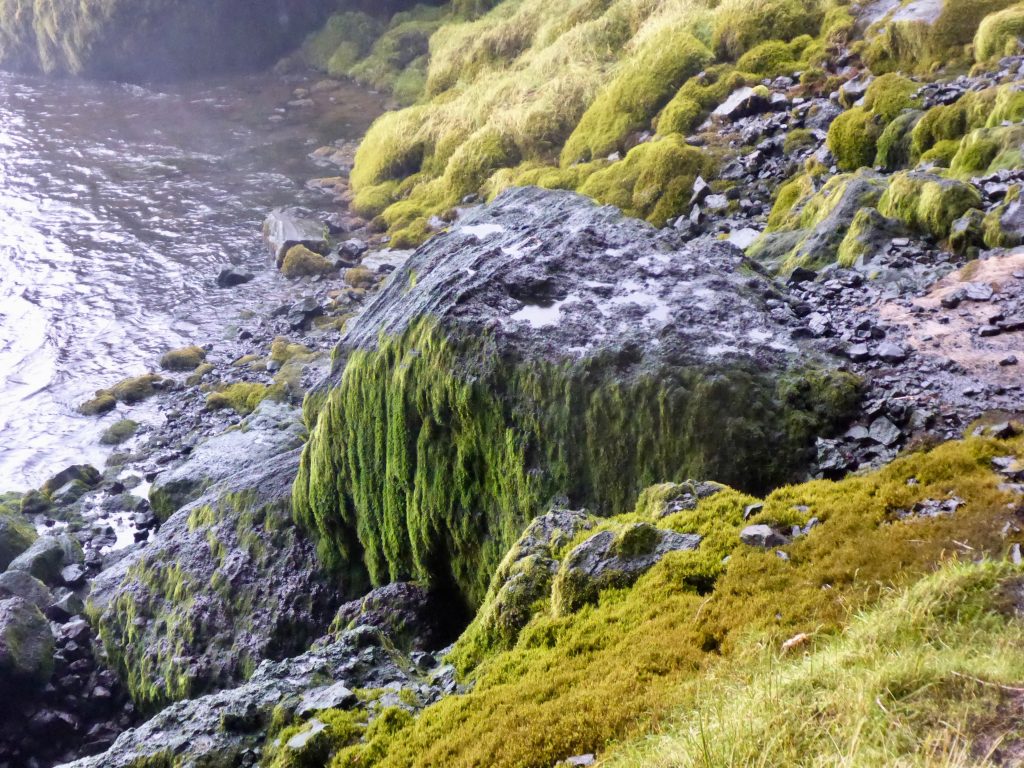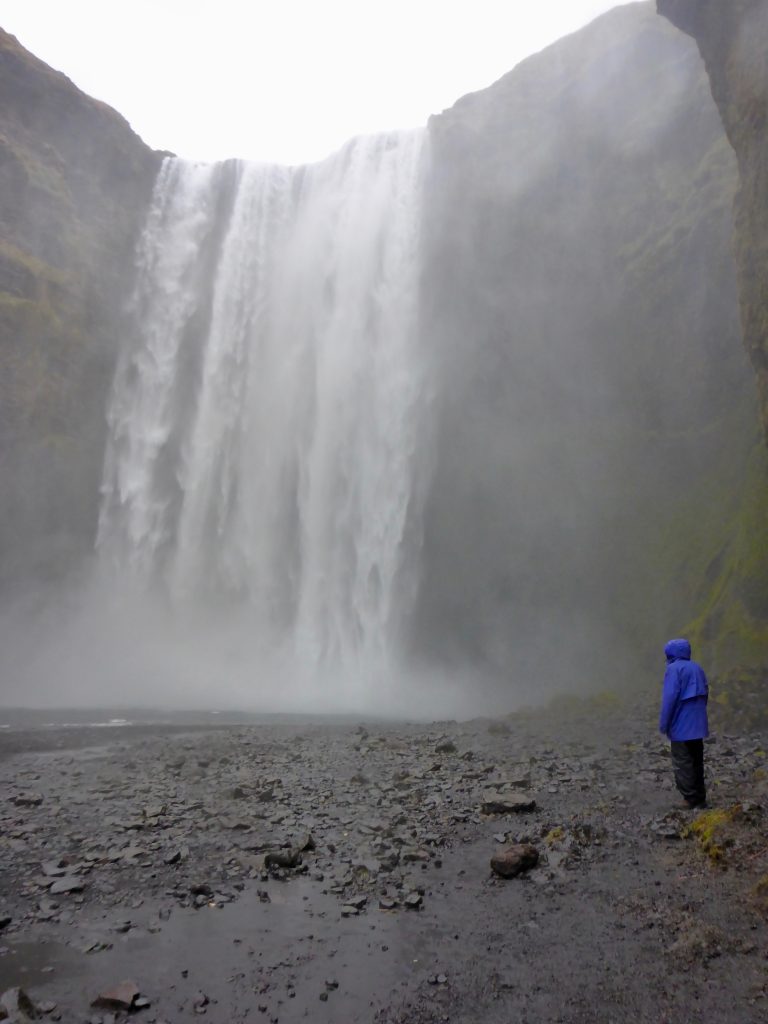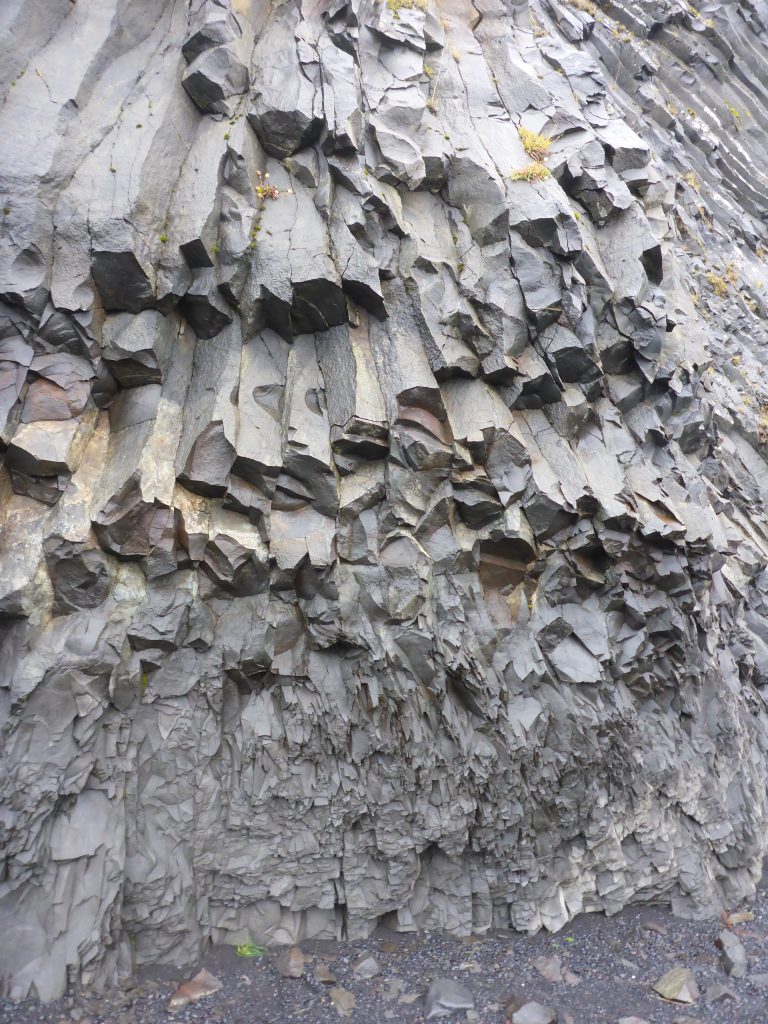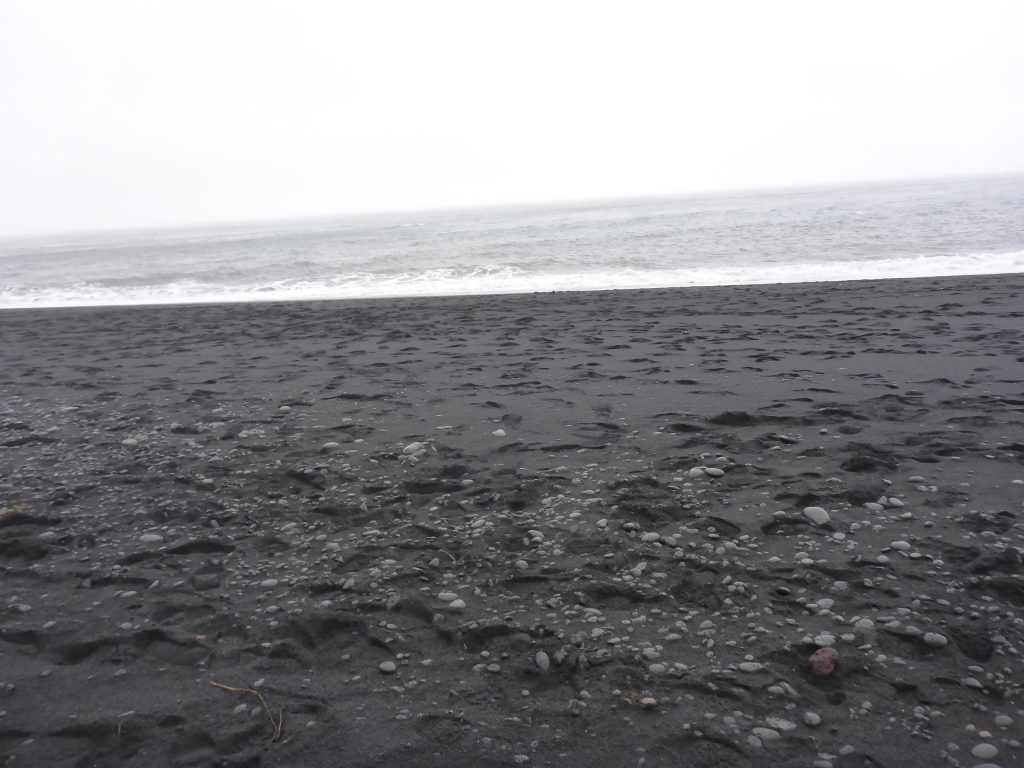One default setting I’ve grown to appreciate is the autosave. I have definitely been burned more than once by the computer, or internet, malfunctioning at a crucial time often resulting in me losing hours of work. Many times, I’ve been saved because the application I was working in automatically saved a version that could be restored in case of a random failure. When working with MS applications, the autosave is there to restore a previous version in case of a system glitch, but it isn’t retained unless I consciously decide to do so.
However, there are times when autosave has backfired on me. And other times when the autosave turns into an over-save, and too much is retained. I prefer to maintain a balance between intentionally saving, i.e., when I have some control over what I want to save and when vs. the autosave for restoration purposes in case of a malfunction.
What drives me crazy about autosave is when an application automatically saves each keystroke change as a new revision, such as when I’m working with Google Docs or Google Sheets. The benefit of this is that I can always go back in time to reconstruct an earlier version. Except when every tiny change is saved as a new version, it can be difficult to figure out when I made major changes. I want the ability to designate which revisions are worth saving as a version. I know with Google Docs I can go in and edit version names, or write comments, but that feels like more work to me than consciously deciding to save a document at a specific point in time.
The other time I’ve been burned with autosave is when it saves too fast, replacing what was there previously. I blogged about this before when I accidentally deleted something from a Google Note. The delete key moved faster than I anticipated, erased some information I wanted to keep and the Note autosaved with the modifications. Read about it here.
My preference is to have autosave designed as a built-in feature in case of a system failure. The latest version is saved automatically for restoring, but I’m still in control of when I ultimately want to capture the changes in a new version. Autosaving for a specific purpose, rather than over-saving every keystroke just because we can.

